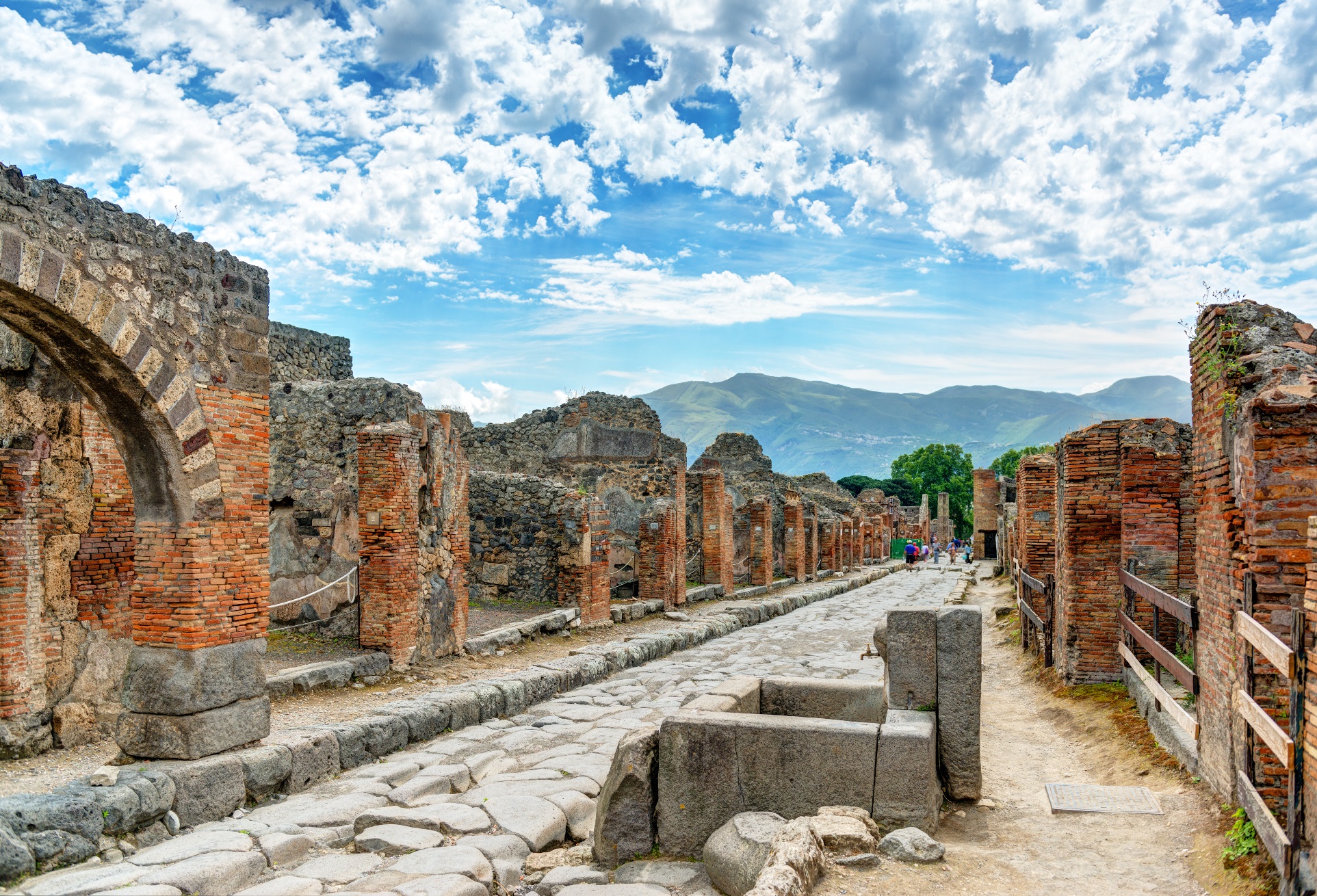This remarkable use case focuses on the largest known collection of Roman-era textiles in Europe, unearthed from the ancient city of Pompeii. Dating back to the 1st century AD, these textile fragments (carbonised, mineralised and woven with gold) offer an exceptional lens into Roman textile craftsmanship, trade networks, and multicultural influences.
Located at the heart of the Roman Empire, Pompeii provides a unique setting to investigate how raw materials, weaving techniques, and cultural practices shaped fashion and textile production. The collection includes over 350 fragments and 15 gold-woven ribbons, representing a diverse and dynamic urban centre rich in cultural and commercial exchanges.
The preservation state of these artefacts presents significant challenges: they are fragile, highly fragmentary, and often possess dark, glossy, or reflective surfaces. These characteristics make traditional analysis and digital documentation especially complex.
TEXTaiLES is addressing these challenges by developing advanced, non-invasive digitisation methods, combining multi-sensor imaging, 3D modelling, and multispectral analysis, to capture even the most subtle technical and decorative details. The resulting high-resolution digital twins will support heritage research, conservation, and public engagement with Roman textile traditions.

